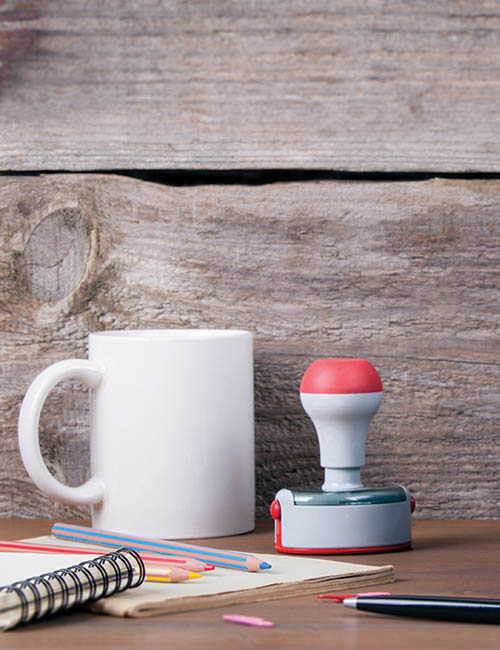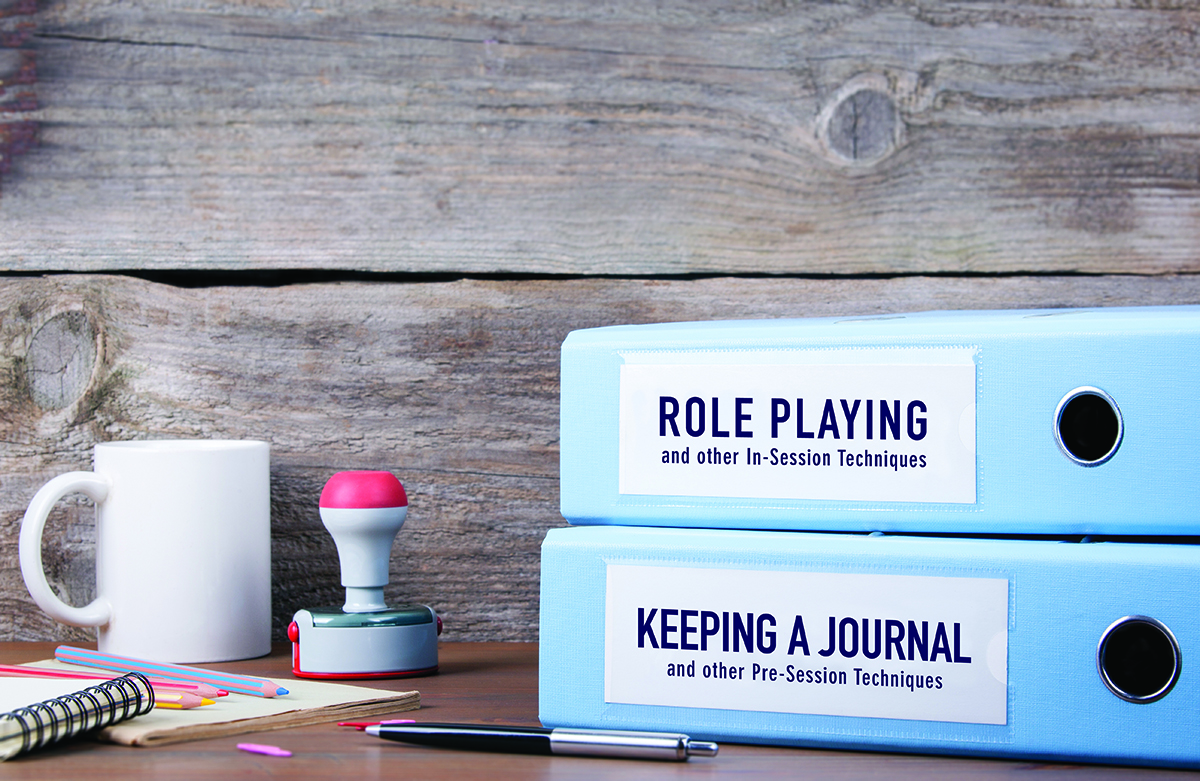As DIY research tools become more common in our industry, how might marketing researchers prove their added value to justify their fees? With many relying on a simple Q&A approach, just how do great qualitative researchers distinguish themselves? The answer often lies with advanced techniques and knowing how or when to leverage them. These techniques are specially designed to help uncover participants’ deeper attitudes or perceptions and are exactly the type of advanced knowledge that clients look for when hiring outside consultants.
The following offers examples of some excellent techniques to use in your next qualitative session, which will help to solidify your position as an expert and valuable resource for any organization.
Pre-session Techniques
Many advanced techniques are thought of as in-session exercises, but assigning them as pre-session tasks can be equally beneficial.
Representative Object
How to do it: During recruitment, ask participants to bring an object to the session that represents what a certain product or brand means to them. During the session, allow each participant to present their object and to explain why they chose that one specifically.
Benefit: This approach sets the stage for a creative session and affords participants the opportunity to reflect more deeply than they otherwise would. For the client, many interesting perspectives on brand or product perceptions are observed, and the report can be enriched with visuals that participants leave behind.
Example: A government organization with a long history in Ontario wanted to understand how different generations perceived it. Some objects, brought mostly by the older generation, suggested that this organization held great significance for them. Participants from the younger generation, however, brought very factual objects (like an invoice) which demonstrated a more shallow relationship.
Documenting
How to do it: Ask participants to film or take pictures of their homes or offices (depending on the subject of the study) and to submit them electronically before the sessions begin. This can be an excellent technique to use when it is believed that these environments may impact shopping habits.
Benefit: When hesitating between in-home or in-facility qualitative sessions, the documenting technique can help combine the best of both worlds.
Example: A gaming company wanted to gain an understanding of the environment that their target played video games in. However, the client preferred the logistical advantage of hosting focus groups in a facility. All participants were tasked with documenting their gaming areas at home and sent them to us before coming to the focus groups.
Journaling
How to do it: Ask participants to keep a diary of the type of behaviour that will be explored during the qualitative sessions. The participants are then told to bring their journal/diary to the sessions and discuss their experience, elaborate on what the positives and negatives were, or explain what they learned during it. The journaling period can range from a few days to a month depending on the subject of the study.
Benefit: This approach helps distinguish perceptions or memory from the actual reality. Participants note down their behaviour over a period of time, thus revealing the truth about their habits by the end of the exercise.
Example: A company that specialized in frozen dinners wanted to better understand the true dinner habits of their target, knowing that heads of households tend to romanticize how healthy and prepared their family dinners are. The journal that participants were asked to keep over the course of a month (and to update daily) included whether the family ate dinner together, how much preparation time was dedicated to this meal, and what they actually ate.
In-session Techniques
Once the sessions have begun, a wide variety of techniques are available to choose from, and combining them can often be the best way to obtain insightful results.
Deprivation
How to do it: First ask participants to imagine that their favourite brand is no longer available, and then follow up with questions on the potential impact of this scenario. Would they easily find a replacement brand? Would they have to conduct a significant amount of research before buying another brand? Would they elect to abandon the category altogether?
An even more realistic version of this technique can be conducted by asking participants to actually stop using their preferred brand for a certain period of time before the sessions begin. In this manner, participants end up answering not from a hypothetical point of view but based on their actual experience.
Benefit: This is an excellent way of understanding how important a brand is to them and how they would deal with the situation if the brand were no longer available. This technique also provides richer perspectives than simply asking participants how they feel about a brand in general.
Example: A manufacturer of coffee machines asked participants to stop using their machine for a week and to note how much of a hassle it was, how it affected their day, and what steps they took to replace their morning cup of coffee at home.
Role-Play
How to do it: Tell participants to assume the role of a sales representative, then ask that they convince you (the moderator) to purchase the brand under discussion. Probing questions can be asked back and forth to encourage dialogue.
Benefit: This approach demonstrates what attributes are top of mind for the participant and what type of positioning or sales argument they spontaneously feel would be most convincing. Based on their testimony, we can infer what actually matters most to them.
Example: A digital advertising company wanted participants to assume the role of salesperson and explain how they would sell the solutions being offered. This demonstrated where each participant perceived the most value and, in turn, convinced the client to adjust their areas of focus.
Brand Personification
How to do it: For this technique, ask participants to use human traits to describe a brand. Probing at each stage is required, but initial questions might include: Would the brand be male or female? What age would it be? What type of job would it have? What would its personality be like? What would it look like? Would it be single or married? Would it have children or not? What type of house would it live in? What car would it drive? What hobbies or activities would it have?
Benefit: This technique provides a richer understanding of the impressions that the brand is generating. Answering the questions above paints a clear picture of the brand and often reveals what type of marketing messages need to be communicated to better align the personality of the brand with the intended positioning.
Example: A cosmetics company wanted to better understand how one of its brands was perceived compared to the competition and was prepared to use the feedback to craft a new advertising campaign. To help in this process, the ad agency wanted a very clear understanding of the type of person who would use it.
Thematic Apperception Test
How to do it: Also known as a picture interpretation test, the rationale behind this technique is that people’s interpretations of ambiguous situations are based on their own past experiences or their current perceptions. With this approach, participants are presented with pictures of individuals in various situations and are then asked to indicate what the person in the picture might be thinking or saying.
Benefit: With the participants projecting onto someone else, they are more likely to reveal deeper thoughts or even sensitive information that they would not provide if asked directly.
Example: A CPG company wanted to understand attitudes during the shopping process, so participants were shown pictures of individuals shopping for a food product and were then asked to indicate what they feel that person might be thinking.
In-person vs. Online
Online communities that facilitate qualitative discussions usually can accommodate the use of advanced techniques. Pre-session exercises can be done whether the session ends up being done in-person or online. Similarly, most of the techniques above can be done with screen sharing technologies, which allow the moderator to present images to the participants. The only exceptions are role playing exercises, which are generally more easily completed when the moderator is in the room with the participant and can prompt the discussion as it ensues.
Summary
These techniques are by no means an exhaustive list of all the options that can be used in qualitative sessions, but applying any one of them is an excellent way to bring added value to the process. These techniques help clients discover the “aha” insight that is more likely to go unnoticed when using a basic interviewing approach. As with all forms of marketing research, quality and creativity drive client loyalty, and using advanced techniques offers a sure-fire way for moderators to innovate and leave their unique mark on their sessions.



Be the first to comment